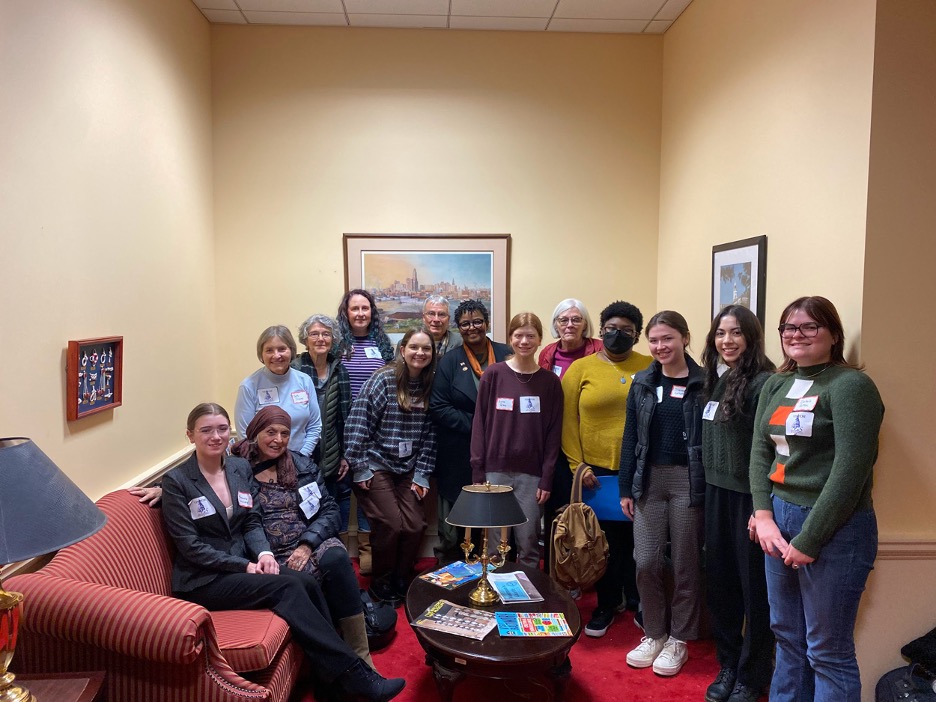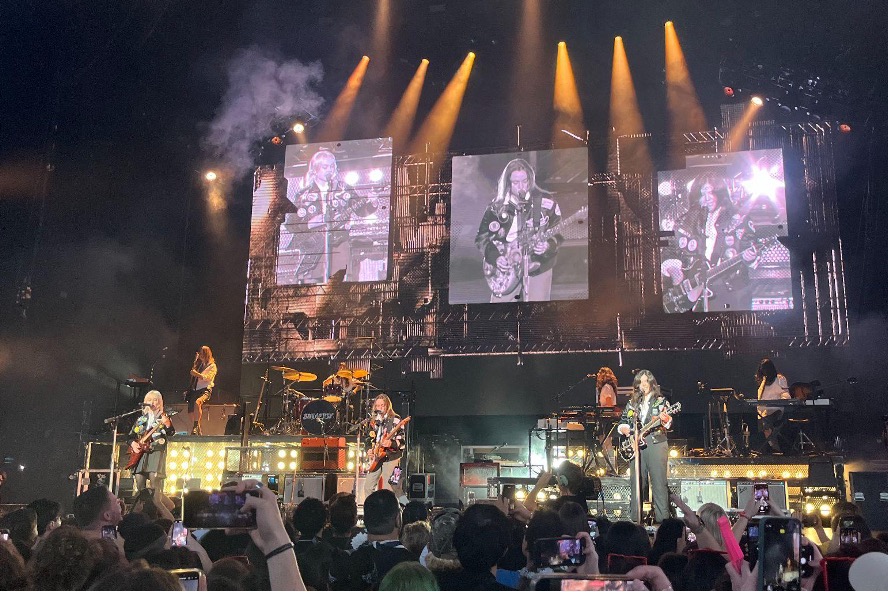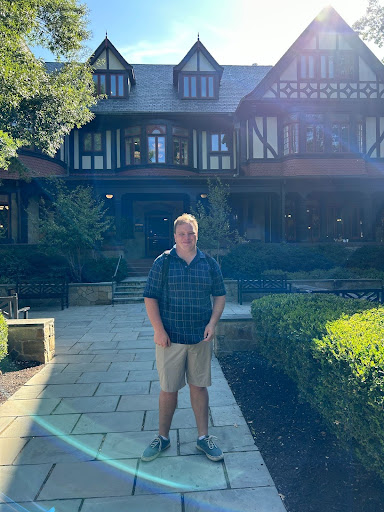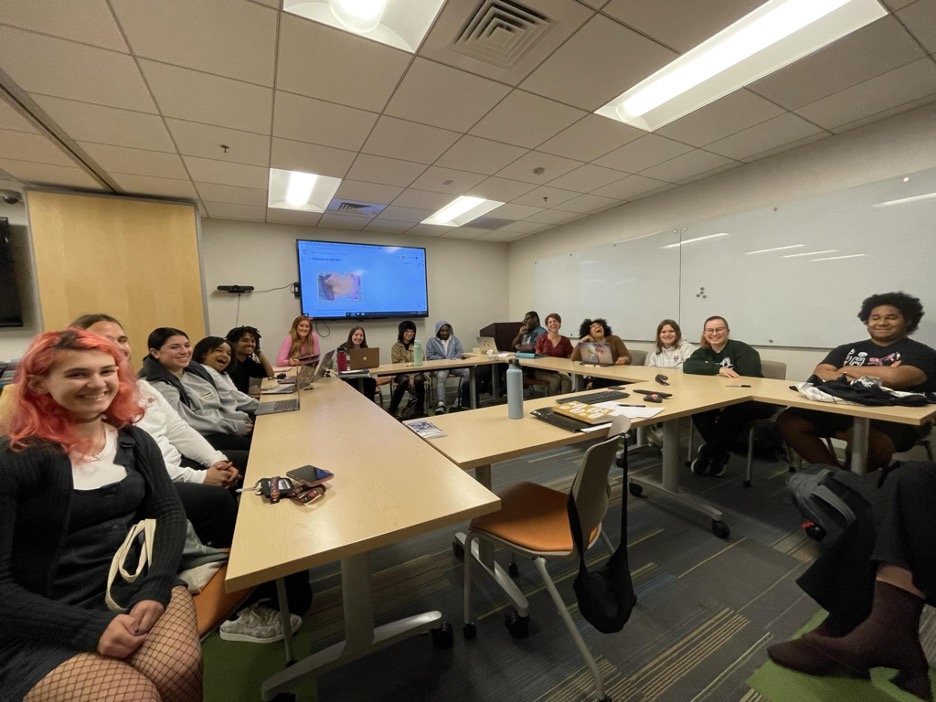Ruth E. Carter, two-time Emmy nominee and the first African-American to be nominated for an Academy Award in costume design, is the woman behind the artistry and unbelievable design of the movie that took America by storm this past February: “Black Panther.”
“I was a little nervous,” Carter admitted to her audience, a sea of young faces from colleges all over Maryland, during her interview with Marvel, one of the most successful companies in the entertainment industry.
Although Carter has a resume filled with movie-industry hits, from “Do the Right Thing” (1989) to “Selma” (2014), Marvel posed a new challenge: blending traditional, authentic African culture and the 21st century. The costumes couldn’t simply speak to the world of Wakanda; they needed to celebrate the roots of Africa as well.
Black Panther was originally costumed in a hurried, last-minute suit, made obvious by its quick-fix velcros and lack of cohesive design. When brought to Carter, she focused on two main components: simplifying the original framework and adding African accents.
This is how the idea for the triangular print covering the suit was born. Not only do the triangles traditionally symbolize the mother, father and son in African culture, but the design also did the trick in finalizing Black Panther’s look.
One of the most notable, and in the eyes of Carter, most thought-out and carefully detailed pieces of the design in the movie are the blankets worn by the border tribe of Wakanda. These blankets, inspired by the real-life Lesotho Tribe, not only called society’s attention to this beautiful aspect of traditional African culture, but they also created quite a design predicament for Carter.
Upon her pitch to Marvel for these blankets, she was told they were too thick. Carter was exasperated by this. Her team spent the next three weeks shaving each blanket, all 200 of them, to a Marvel-approved thickness. Needless to say, the detail in which Carter described this process made the blankets one of her favorite attributions to the overall movie.
As a 2018 film, much of the design that went into the female characters’ costumes intentionally focused less on sex appeal and more on beauty through strength. This is where the idea for women’s armor that looks like jewelry came about, further demonstrating Carter’s efforts to adhere to progressive, modern-day ideals—values we would see not only in our world, but also in Wakanda.
Carter’s successful and still-growing career appeals greatly to college students, from whom she was asked a multitude of questions after her lecture. Though some students further inquired about the ideas behind her design, many asked for her advice as they take steps closer to starting their own careers.
“Keep going. Don’t stop. Every project trains you for the next,” Carter said.
In college, she majored in theatre arts and planned to act. Her story is one that eases the fears shared by a majority of young adults today: not finding a successful career that you love, especially if it isn’t what you originally set out to do.
“Keep your mind open. This is not about you. Listen, but don’t do everything they [those in charge] say,” Carter said, laughing to herself.
It can be difficult to find a place between following directions and implementing your own creative ideas. This place is where Carter’s success lies and where she mentors her audience to find theirs.

















































































































Vaporleaf • Oct 19, 2018 at 5:16 pm
I love how she incorporated African Culture into the designs! It really pulls the movie together.